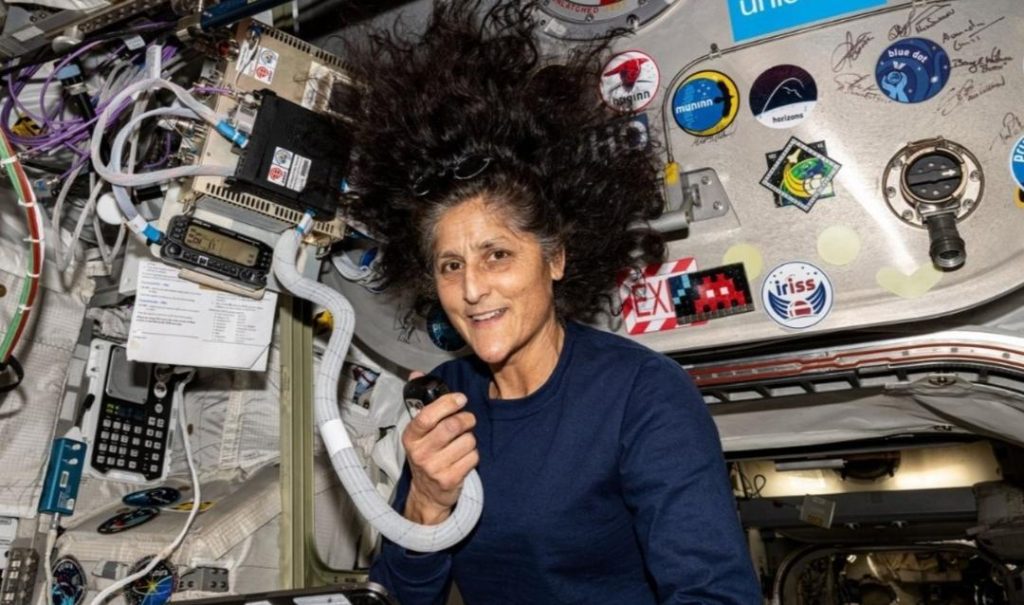
What Scientific Milestones Were Achieved by Williams & Her Team?
The International Space Station (ISS) has been a hub of scientific innovation, with numerous crews conducting groundbreaking research and experiments in microgravity. One such crew, consisting of astronauts Nick Hague, Butch Wilmore, Sunita Williams, and cosmonaut Aleksandr Gorbunov, has made significant contributions to our understanding of space and its applications. In this blog post, we will delve into the scientific milestones achieved by Williams and her team during their time on the ISS.
Plant-Related Studies
One of the primary focuses of Williams’ crew was on plant-related studies. The team conducted experiments to better understand how plants grow and respond in microgravity. This research has significant implications for future long-duration missions to Mars and beyond, where astronauts will need to find ways to sustain themselves using local resources. The crew’s findings have shed light on the unique challenges of plant growth in space, including the effects of microgravity on root development and the importance of lighting conditions.
Monitoring Urban Growth, Climate Change, and Natural Disasters from Space
Butch Wilmore, a member of the crew, took thousands of images of Earth from space, providing a unique perspective on urban growth, climate change, and natural disasters. These images have allowed scientists to monitor the impact of human activities on the environment and track changes in land use patterns. The crew’s observations have also helped researchers better understand the effects of climate change on ecosystems and natural disasters, such as hurricanes and wildfires.
3D Printing of Implantable Medical Devices in Microgravity
In addition to plant-related studies and Earth observation, the crew tested the feasibility of 3D printing implantable medical devices in microgravity. This research has significant implications for future medical procedures in space, where access to medical supplies may be limited. The team’s findings have shown that 3D printing in microgravity can produce devices with similar properties to those produced on Earth, paving the way for future medical applications.
Other Scientific Milestones
The crew’s research also included several other scientific milestones, including:
- Studying the effects of microgravity on the human body, including the impact on bone density, muscle mass, and vision.
- Conducting experiments on fire safety in space, including the effects of microgravity on flame propagation and the behavior of fire suppression systems.
- Testing new technologies for space exploration, including advanced life support systems and robotic arms.
Conclusion
Sunita Williams and her team have made significant contributions to our understanding of space and its applications. Their research on plant growth, urban growth, climate change, and natural disasters has shed light on the unique challenges of living and working in space. The crew’s findings on 3D printing of implantable medical devices in microgravity have also paved the way for future medical applications. As we continue to explore space and push the boundaries of what is possible, the work of Williams and her team serves as an inspiration to future generations of scientists and astronauts.
News Source:






